So, you’ve never owned a classic or ‘enthusiast’ car, have spent half of lockdown watching vintage movies packed with cool cars of the period or binged on episodes of The Grand Tour, Top Gear, Wheeler Dealers and Salvage Hunters: Classic Cars – all in one sitting – and now you quite fancy the idea of buying something fun for high days and holidays? Then begin your search here, as we name some of the best starter classic cars for a budget of £5000.
As some classics soar in price, others remain within tantalising reach. Even with £5000 of savings (or, indeed, the bank or building society’s money) the choice of classic cars is surprisingly broad, with everything from family saloons to sprightly sports cars and sharp-suited coupés.

Below we’ve assembled five such models, with something to suit most tastes. Not only are they inexpensive to buy right now, but they have humble mechanicals too, so even if you consider yourself an amateur with the spanners you should be able to get stuck right in. And if that’s not for you, they won’t be expensive to entrust to a local garage or specialist. Plus, parts are available and insurance is affordable – you can check any of these models yourself, using our quick quote tool.
You’ll have to be quick, though. Several of the cars below are already on the radar of buyers priced out of more exotic machinery, and 1980s and 1990s metal in particular is on an upward trajectory. So without further ado, here are six starter classic cars we’d suggest first time buyers consider.
The nostalgic choice: Ford Cortina Mk5
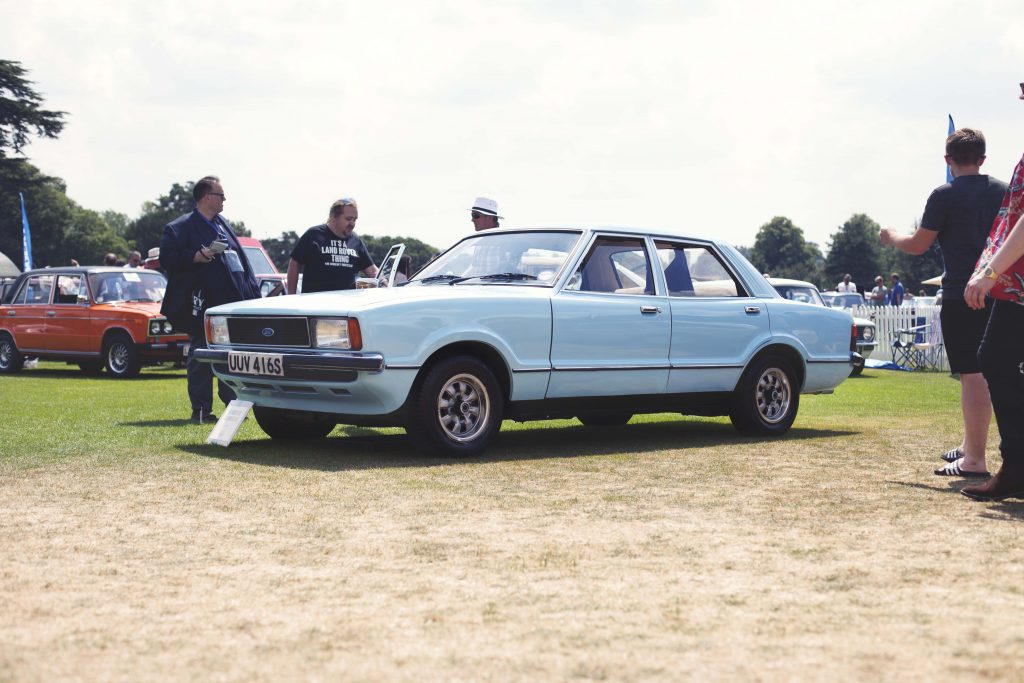
Upon first acquaintance, the Ford Cortina may not seem the most exciting choice for your first classic car. Its square lines might be a little uninspiring to younger drivers, while those who remember it in period may view it as a sales-rep special. But the things that made it part of the furniture when new now make it a fantastic family classic. Space for 2.4 kids in the back, a boot big enough for a fortnight at Frinton-on-Sea, and simple mechanicals that won’t cost the earth to maintain.
The MK5, or Cortina 80 in Ford terminology, was a thorough facelift of the preceding MK4 – itself a broad re-skin of the MK3. That meant a full range of two- and four-door saloons, four- and six-cylinder engines, estates, and even (through Crayford) a rare convertible. According to the Hagerty Price Guide our £5000 will get a 1300 or 1600 in good condition.
A-pillars, floorpans, outriggers and windscreen surrounds are the biggest potential rust spots, so check them with care upon purchase. The Cortina MK5 was powered by Kent and Pinto fours, and the Cologne V6, and they are all well catered-for in terms of spares. Interior trim will be the biggest problem – the cloth seats can stretch and go baggy, especially as the foam in the seats degrades. Replacement trim in good condition is scarce but there are plenty of seat specialists who can refurbish them.
A modern classic: Volkswagen Corrado
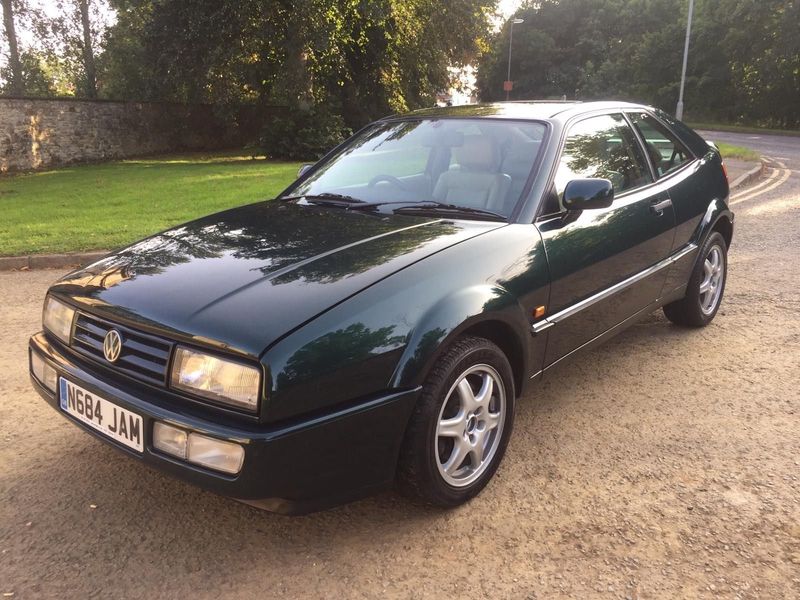
These are the kind of cars that some 40- and 50-something enthusiasts lust after, as the Corrado was the pick of the coupés back in the day. Far more than just a Golf in a party frock, the VW Corrado can lay claim to one of the best front wheel drive chassis of the 1990s and a spot on Hagerty’s Bull Market list in 2020 (in the US).
Corrados are sturdy cars as a rule, but the G60 supercharged models do require regular servicing. A better performance bet would be the VR6, while the standard 2-litre, four-cylinder naturally aspirated models are good for everyday use.
Known rust spots include the area beneath the screen, suspension mounts, inner arches and the spare wheel well. Seats can wear, and body trim is rare in good condition. Recaro seats add value, as does a leather interior. Doorhandles can break but repair kits are available.
We’d advise you to avoid modified examples and dig out the cleanest standard car you can find. Our budget should net a reasonable VR6 or G60, or one of the nicest 8v or 16v 2.0s left. We’d avoid the 1.8 as the Corrado is a coupé with sporting pretensions – it needs the performance to back that up. High mileage shouldn’t put you off the right car – condition matters more than mileage. A tidy 150000-miler is a far safer bet than a rough car with a third of the mileage.
Perfect unexceptional classic: Austin Allegro
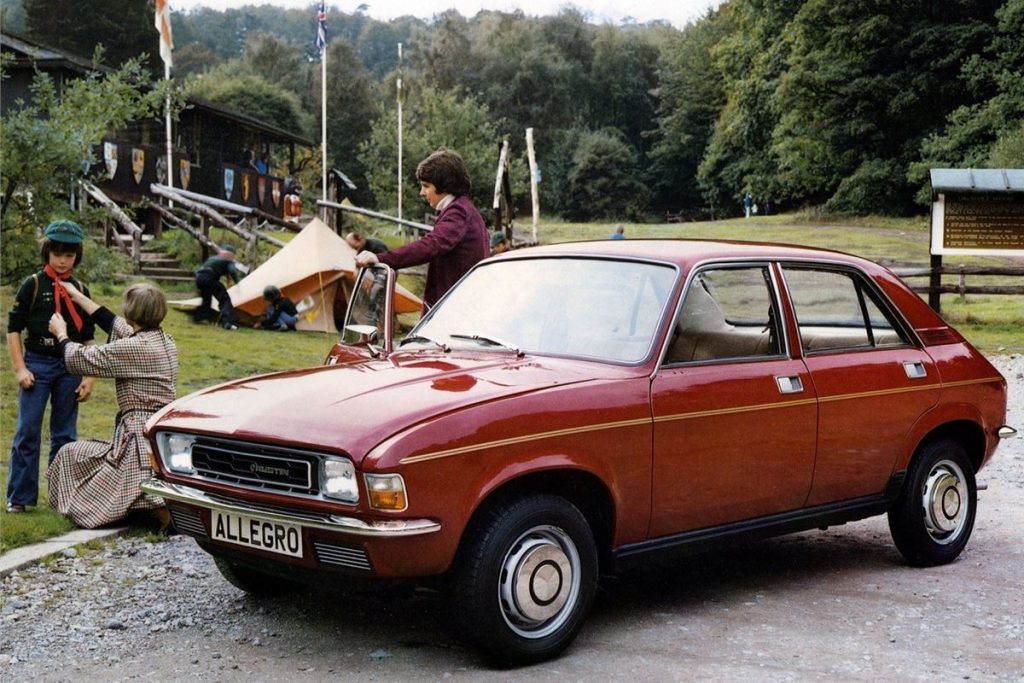
Mocked when new, the Austin Allegro is one of those classics that will always generate conversation. Younger enthusiasts may find them appealing as an ironic, anti-cool car which will draw a crowd at any classic car event you care to take it to. Those who drove them new will delight in telling you horror stories, but while it divides opinion, ownership of an Allegro is a great way of meeting new people.
Mechanically the smaller-engined variants are similar to the Mini, so parts are easy to source. Getting hold of bits for the 1500 and 1750 can be harder, but commonality with the Maxi will help here. Plenty of specialists are willing to tackle the car’s suspension, which is based on a Hydragas system. Rot is the biggest enemy with the Allegro, so check the lower extremities carefully. Wing tips and valance panels are also at risk, as they’re exposed at the nose. Trim can be hard to find in good condition as these cars are rare, but there’s a thriving owner’s club which can help.
The most desirable models are the 1750SS, Equipe and Vanden Plas 1500 – the best buy would be a mid-range 1300 for ease of maintenance, and our £5000 classic car budget could bag you a concours example. You’ll spend maybe £3000 on a tidy one, while £5000 should be enough for an SS or Vanden Plas in excellent condition.
The mountain goat: Fiat Panda 4×4
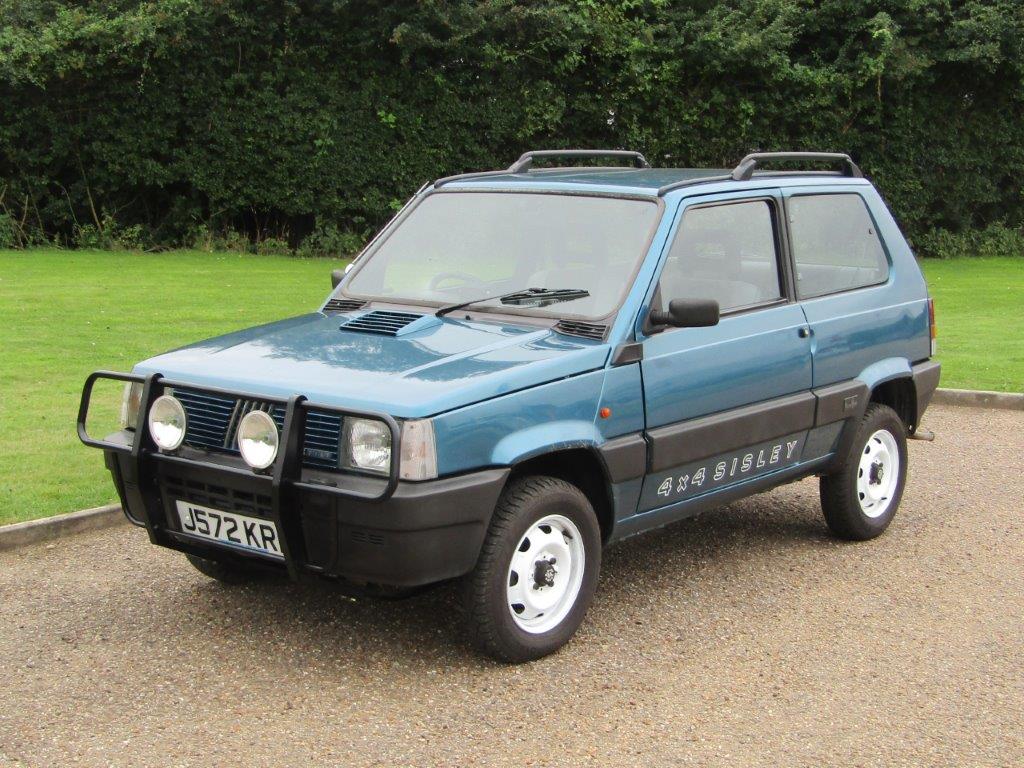
If you’ve been to a modest village high in the Alps in the height of winter, you’ll have seen Panda 4x4s parked outside the boulangerie or panetteria. You may have even hung around long enough to marvel at the small, agile Fiat make its way back out of sight, perhaps tackling a snow-covered road as it goes. So you will know it’s truly deserving of its mountain goat reputation.
It is simple, hardy and oh-so loveable. And today it is cherished in certain circles. Launched in 1983, it was the first small, transverse-engined production car to have a four-wheel-drive system. That system, developed by Steyr-Puch of Austria, is key to the car’s capable character. Later examples used Fiat’s 1-litre FIRE engine, and it’s considered supremely reliable – assuming all maintenance tasks are performed without exception.
A Panda 4×4 is valued at around £5000 in good condition, according to the Hagerty Price Guide. The very best, concours example is worth as much as £10,000, so buying a Panda 4×4 in average condition and looking after it, or indeed raising it to a higher standard, could be a shrewd move.
Classic British roadster: MG Midget
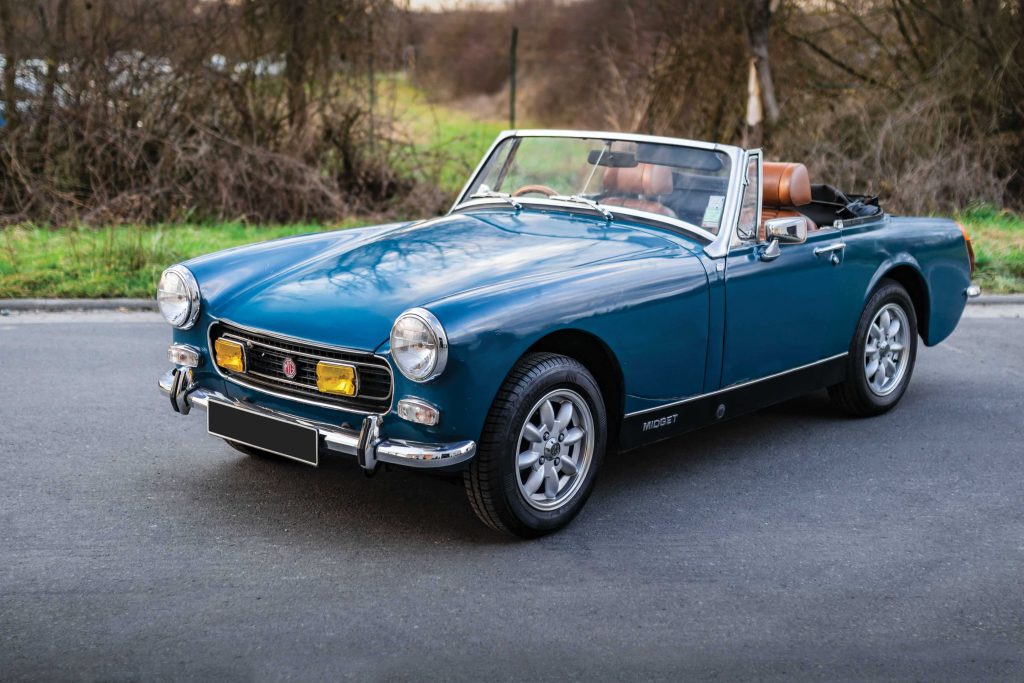
If you want a British sports car on a budget, the good old “Spridget” is an obvious port of call. It might lack the brutal appeal of the Austin-Healey 3000 or the Triumph TR6, but they’re more money and what it loses in power it gains in manoeuvrability. The MG Midget and its Austin-Healey Sprite brother offer simple mechanicals in a small, light package, which means a raw driving experience rarely found in modern cars.
This budget means that realistically we’re looking at cars with the 1500cc Triumph engine, though earlier models used the A-Series engine seen in so many of British Motor Corporation’s past glories. Both are simple with several sources of service items, and pretty much every item of trim is available too.
Check the sills and valances for rust, but if you get a rot-free example there should be little to worry you. Buy in the winter or at the end of summer – prices soften as the weather cools, and it’ll give you time for fettling before the warmer weather arrives again. £5000 nets a rubber-bumpered 1500, or a very late chrome-trimmed 1275 if you’re lucky.
The quirky super-trooper: Saab 900
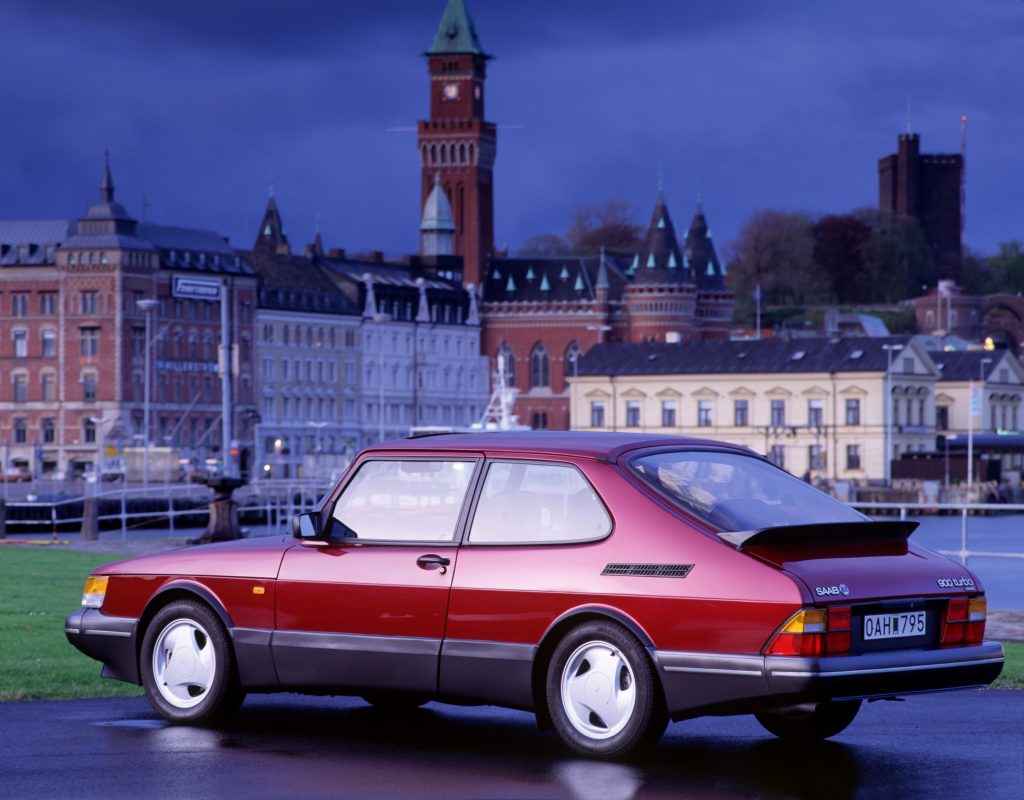
A Saab 900 is probably one of the most sensible classics you can buy – so sensible it should come with a polo neck for every driver. Comfortable, commodious, hardy and with plenty of power, even the basic 2-litre cars running carbs are a pleasure to own. A good 900i or Turbo is a desirable package too, offering economical and reliable performance in a car capable of the daily commute – if desirable.
An evolution of the 99, the 900 was a larger car with executive aspirations, a genuine alternative to the E30 BMW 3-series for those who wanted to be a little more individual. The hatchback versions had boots to rival the biggest estates, while the stylish convertible remained desirable long after the saloons and hatches entered banger territory.
Turbo models made the 900 famous, and the power even from an “LPT”, or low-pressure turbo, should be adequate for most. Full turbos with 175bhp are excellent fun, but finding a good one within this budget is a thing of the past – unless you get lucky or it’s a tired example. Plastic trims can act as water traps on the doors and wings, so check thoroughly for corrosion. Wings, valances and sunroofs can be susceptible too, as can suspension mountings, floors and the radiator support panel.
Got a suggestion for a good starter classic for £5000? Share it with the community, and add your comments, below.



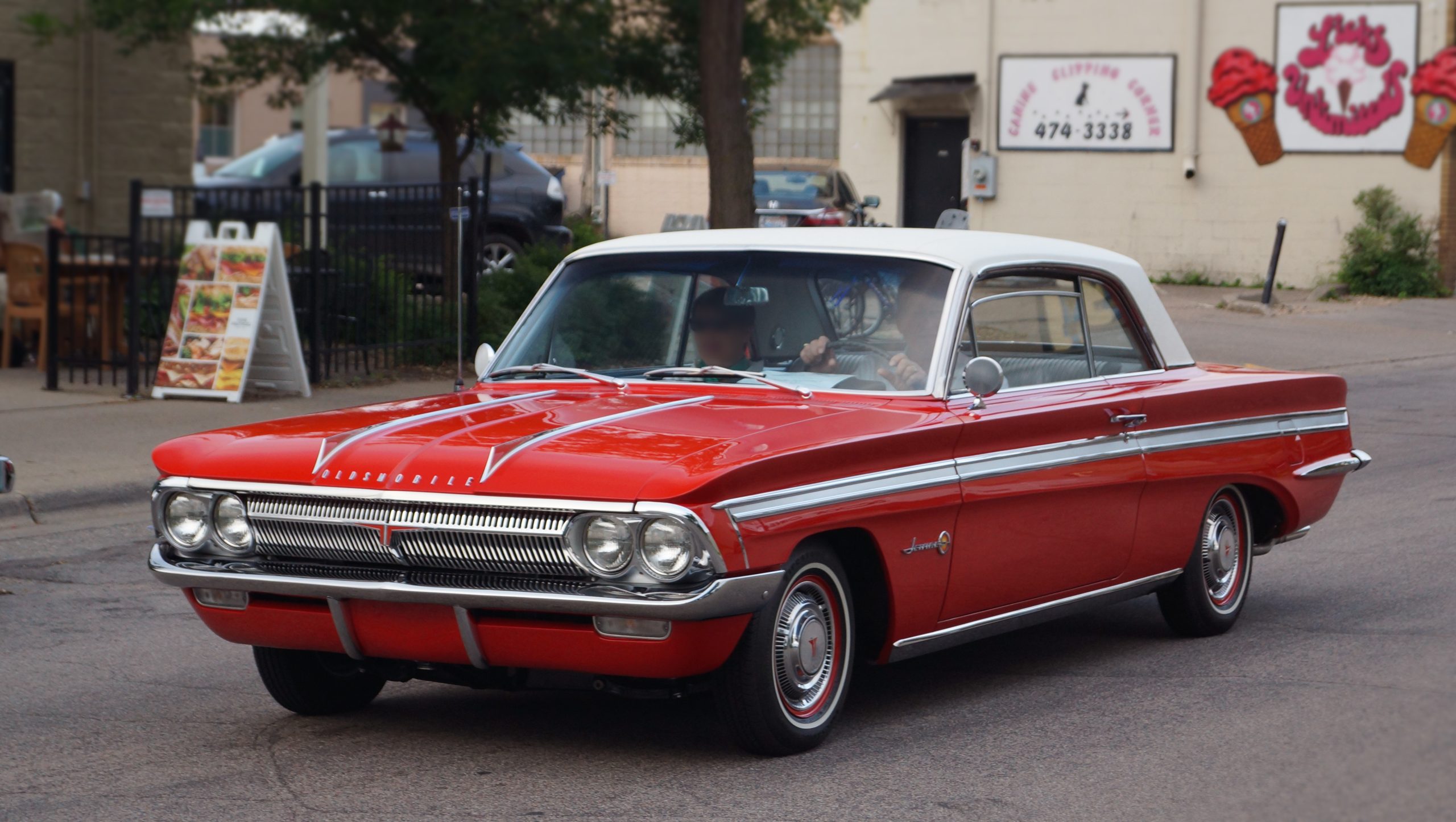





Alternatively look at the kit car market. A 1972 Triumph GT6 Mk3 would be worth about £12-13k in reasonable condition. My re-bodied Moss Malvern version is worth about half of that. Always draws attention at shows, and is a joy to drive. Still plenty of various kits around, although regulations have vastly reduced the number of new suppliers.
I have a classic which when purchased cost £5000
1939 Morris 8 e.last year I purchased a one owner 1991 Ford fiesta 1.1 popular plus 42000 miles for less than half your budget.
As usual,bthe Hillman Imp gets ignored ! A much better car than the mini ever was, and all of the early problems have long since been cured. Good Clubs offering coverage for forum questions. Parts availability is fair too. Many are now very very good restorations, top ones command £10,000 prices, but you can still get a good one for the £5000 budget. Great fun, underrated cars with a big car feeling and won’t rattle your fillings out like a mini would.
Vauxhall Viva,cheap as chips,fix it with a hammer and a screwdriver.Had my HA for nine years, still love her.
Have to agree with the choice of the Midget, having owned my 1500 (now chrome bumper) for 38 years. But buy it to enjoy it – it has barely appreciated in price in all that time! But are people really nostalgic for a Mark V Cortina or an Allegro? Having grown up travelling in a succession of Cortinas from Mk 1 to MkV (yes, my father was a rep) the later ones just seem to epitomise how boring and uninspiring cars of that era could be. I agree with Jack – £5000 will still buy you a small engine pre-war classic in fair condition, but maybe not the choice for a ‘first classic’!
How about the rover p6 200 cc or 2200 cc or 3.5v8 all very good cars just check for rust
What about a Singer Gazelle, which is a badge engineered Hillman Minx but this was considered the top of the range of Rootes Group at the time. These cars are often overlooked and as a result you can acquire one at a very reasonable price. I have owned a 1965 Series V since 2017 and it is a comfortable 5 seater with a large boot and is quite economic on fuel. Insurance is cheap. They are now becoming very rare indeed and always a head turner at classic events.
I agree with Andrew about the Spridget. Whichever model you opt for will be fun and practical. I had a Mk 2 and, subsequently, a Mk 4 Sprite, both of which I thoroughly enjoyed for both UK and Continental motoring.
For a variety of reasons, I would recommend the chrome bumper Mk 4 Sprite/Mk 3 Midget which has the merits of wind-up windows and a well designed fold-back hood, as well as 1/2 elliptic rear springs. The 1275 BMC A Series engine is adequate for most purposes, reliable and easily worked on if you want to do your own maintenance and repairs. Try to find a wire wheeled one, as they look better and the half shafts are much stronger than those on the steel wheeled models. You can, of course, convert from steel wheels to wires, and the fact that the cars can be so easily modified is one of their attractive features. For those keen on going faster, there is loads of kit on the market for uprating engines, suspension and brakes etc, and quite a number of specialists who will undertake tuning and mods if you prefer to leave it to a professional.
I used my Mk 4 Sprite for many Alpine skiing trips with my girlfriend (later wife) and I drove it twice to and around Morocco, on the second of which trips we ventured into Algeria and across part of the northern edge of the Sahara Desert before driving back across Spain and France. We also drove the car on a later trip across Europe to Turkey and back. If you’re thinking of adventurous use on that scale there are some mods I would recommend in the interests of prudence, but much of my mileage was covered with the car in pretty standard form.
The handling of these cars is excellent, very predictable, with light and precise steering, good fun in the snow, and they have a good heater as well (we never put the roof up on our Alpine ventures)!
The only reason I sold the Sprite was because of, even in those halcyon days of greater freedom from regulation about seat belts and child car seats, the arrival of our second baby and a lack of space to accommodate another car.
Standard 8 and 10 models also fall into this price bracket. Easy maintain and with an excellent supply of spares through the owners club and a few specialists make them an ideal first classic.
Apart from the Spridget (where I agree with a number of your respondents), I think you can go more interesting than these suggestions. What about a Renault 4? – which noted journalist the late Russell Bulgin included as the epitome of cool in a feature on cool cars, EVO magazine, April 1999, Dennis Publishing, on the basis that essentially it did not try to be cool: “If you are in any way fundamentalist about Cool, then the Renault 4 is, quite possibly, the Coolest car of all time”. Idiosyncratic, charming, practical, very good for long distances, go anywhere … If you want to be more conventional, perhaps the BMW E30 3 series that is mentioned in passing …
Consider a Reliant Scimitar GTE. The first real hatchback. It has a fibreglass body which will not rust and can be finished to a reasonable standard by the enthusiast. There is a substantial chassis which with careful buying will not be too badly rusted and can easily be protected against future corrosion. Based on Ford and Triumph mechanicals, parts are not too difficult to source. And good examples can be found well under £5000!
The Triumph TR7 has to be one of the choices, perhaps instead of the Midget. It is a much bigger and better car, and so evocative of the 1970’s. They were so badly built that there are n’t many left so it is a good investment too.
A first generation Honda Insight will offer the charm and performance of a SAAB Sonett III and the pedigree of being from the same factory as the S2000 and NSX. It’s also an excellent daily use car.